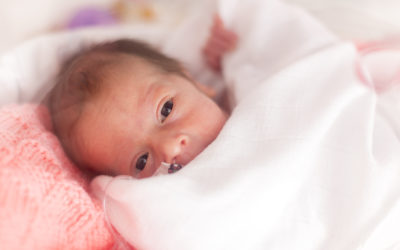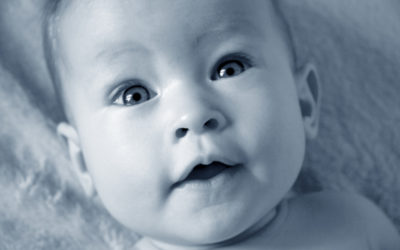Quick Hits
Daily brief research updates from the cognitive sciences

I have reported previously on the negative impact of pollution on all things the brain – but most of these studies have focused on cognitive ability – with worrying consequences with one showing measurable differences 60 year later. Yup you read that correctly.
This study, just published, by the Barcelona Institute for Global Health gives us more worrying news. They analysed exposure to pollution in the womb and in the first 8.5 years of life of 3’515 children.
Air pollution exposure was estimated based on their living location during pregnancy and their first 8.5 years of life. The children then had their brains scanned between the ages pf 9 and 12.
What did they find?
They found that there was a change in what is known as white matter microstructure. White matter generally refers to the connections between different regions of the brain. This suggests a change in connectivity.
What the also found was a change in an area known as the Putamen – this is an important hub sitting deep in the brain and is involved in many functions including motor movement. It is also associated with various psychiatric disorders. In fact, it was found that the greater to exposure to fine particle matter the greater the decrease in size of the Putamen. Worrying indeed.
What was more surprising is that in many of these cases the exposure was below EU recommended levels – the EU has pretty strict guidelines for pollution showing that even modest level so pollution can have measurable impacts on brain structure – negatively that is.
So, if you’re already an adult, as I imagine you will be. Not much you can do. But you can be careful with your own children, or grandchildren.

Andy Habermacher
Andy is author of leading brains Review, Neuroleadership, and multiple other books. He has been intensively involved in writing and research into neuroleadership and is considered one of Europe’s leading experts. He is also a well-known public speaker, speaking on the brain and human behaviour.
Andy is also a masters athlete (middle distance running) and competes regularly at international competitions (and holds a few national records in his age category).
References
Anne-Claire Binter, Michelle S.W. Kusters, Michiel A. van den Dries, Lucia Alonso, Małgorzata J. Lubczyńska, Gerard Hoek, Tonya White, Carmen Iñiguez, Henning Tiemeier, Mònica Guxens.
Air pollution, white matter microstructure, and brain volumes: Periods of susceptibility from pregnancy to preadolescence.
Environmental Pollution, 2022; 120109
DOI: 10.1016/j.envpol.2022.120109
More Quick Hits
Behaviour at eight helps predict midlife health behaviours
A long-term study in Finland has tracked children from the age of eight until the age of 50 and a new analysis of the data, just published, has looked at some of the correlations between socioemotional behaviour in childhood and later life achievement and health...
Psychedelics and consciousness
Psychedelics change our conscious experience of the world – that is part of their attraction. Now a new study out of John Hopkins Medicine has analysed data on attributions of consciousness to other animals and innate objects by those using psychedelics and how this...
Lower smartphone usage increases wellbeing
So much has been said about smartphone usage in modern times. This ranges from some who say that they are destroying our brain to others who see they benefit our cognition by outsourcing cognitive heavy tasks like remembering lists of phone numbers – thereby freeing...
Modesty preferred for cooperative teams
In an age where it appears that many people are vying for self-esteem especially through social media, this research is interesting. Particularly in business contexts where cooperation is king. Research has previously shown that appearing to be wealthy increases...
Poverty shrinks babies’ brains
Quick HitsDaily brief research updates from the cognitive sciences couple of studies have just been released which look at the brains of newborns and young babies. The results are worrying for any society. Brain scans of newborn babies from...
Babies born with five from seven functional brain networks
In the 1950s the blank slate theory was the most prominent theory ascribed to babies. They are born blank slates and then their experiences allow them to develop their networks thoughts, associations, etc., and just about everything else. Though this theory is long...






